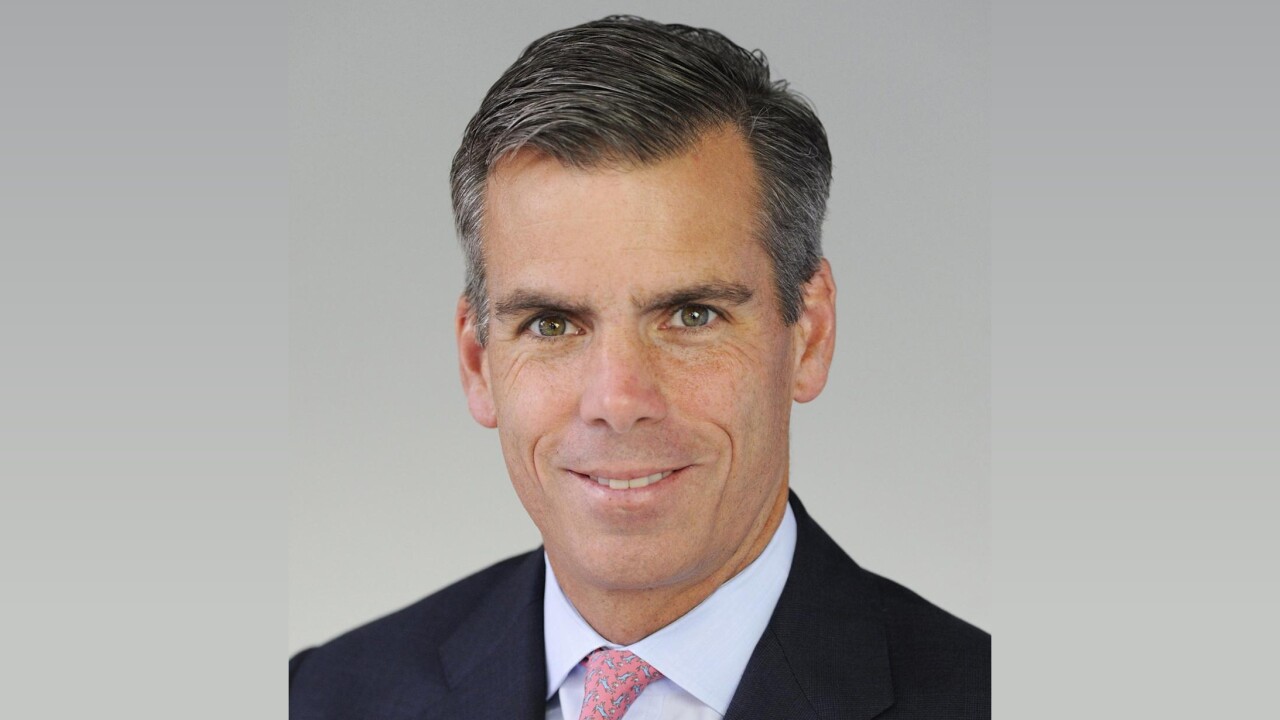As the average credit card charge-off rate has declined sharply over the past six months, so has demand for collection agencies’ services. But an executive at one firm that performs both collections and customer service says business is picking up again as more consumers loosen their purse strings and issuers relax their risk-management standards.
Card issuers that slashed credit limits and closed inactive accounts last year gradually are returning to the business of originating accounts after a long lull, says Tim Smith, a senior vice president with Firstsource Solutions Ltd., a Mumbai, India-based company that provides outsourced collection and customer services for several of the nation’s largest credit card issuers.
“One of the nation’s largest issuers recently told us that their top focus now is to originate new card accounts instead of focusing primarily on risk management,” Smith tells PaymentsSource.
The issuer, which Smith declined to name, continues to do a brisk business in collections. But the same issuer has announced that a portion of the funds it collects will go toward online and call-center marketing efforts to help sign up new customers for new credit accounts for the first time in more than three years.
That could be good news for Firstsource. The firm has seen volume from some of its credit card collections clients decline by 30% to 40% over the past year as consumer credit quality improved and fewer card accounts slid into delinquency and default, Smith says.
The average U.S. credit card charge-off rate in March is hovering at around 7.5%, down from a high of 11.5% early last year, according to data from Moody’s Investors Service.
“As charge-offs and delinquency rates return to a kind of normal level, the demand for collections has dropped down from record levels over the last couple of years,” Smith says.
But issuers are not taking aggressive action to sign up new customers, Smith notes.
“What’s changed is that while consumers were willing to sign up for new credit card accounts last year, they weren’t able to because of their finances,” he says. “Now a growing number of consumers have the willingness and the ability to qualify for a new account, and that’s the group certain issuers are starting to go after.”
Collection rates also have improved recently, Smith says. “We’ve seen some positive trends in consumer savings rates over the last couple of years, and we’re finding that people who get into trouble now have more money set aside to pay their bills than a couple of years ago when they simply had no cash.”
Although unemployment has improved a bit, the economy remains sluggish, Smith acknowledges.
“What we’re seeing is a shift in attitude,” he says. “A couple of years ago, consumers were willfully neglecting their credit cards because they weren’t worried about their creditworthiness.”
Many customers’ homes had lost value, and they were not interested in spending on new cars and other big-ticket purchases during a recession,” Smith notes. “Now that things are looking up a bit, more people are showing interest in rebuilding their credit and, therefore, they’re more willing to pay back their overdue credit card accounts and think about taking advantage of the improving markets for homes and cars,” he says.
What do you think about this? Send us your feedback.





